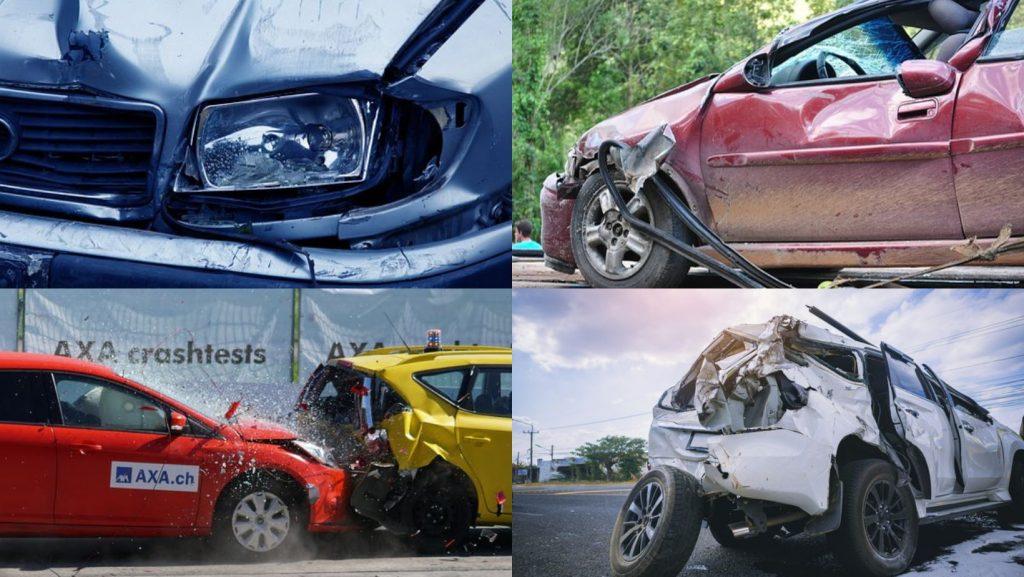A serene drive can turn into a stressful situation in the blink of an eye. Being involved in a car accident is unsettling, but knowing how to document the scene properly can make a difference in resolving the incident smoothly. The steps taken immediately after an accident are crucial for drivers, passengers, and even pedestrians. This comprehensive guide explores essential tips for documenting evidence after a car accident, ensuring you’re well-prepared should the unexpected occur.
Why Proper Documentation is Crucial
When a car accident happens, emotions run high; the last thing on most people’s minds is paperwork. However, proper documentation is critical in protecting your rights and securing fair compensation. Accurate records can help clarify events, determine fault, and support insurance claims. With them, you can rely on memory, which can be reliable during stressful situations.
Another vital aspect of documentation is its role in legal proceedings. According to reputable Head-On Collision lawyers in Myrtle Beach, if disputes arise, having well-organized evidence can expedite the legal process and strengthen your case. Even if you believe the accident was minor, thorough documentation can prevent complications should injuries or damages become apparent later. In short, meticulous documentation could save you time, stress, and money.
Tools You Need for Effective Documentation
In today’s digital age, documenting an accident is easier than ever, thanks to smartphones and other portable technology. The most crucial tool is your smartphone, which can capture photos, record videos, and store notes. Digital documentation is convenient and provides a timestamp, which can be invaluable when verifying the sequence of events.
Apart from your phone, a physical notebook and pen should be part of your car’s essentials. In some situations, technology might fail, or you may need to jot down quick notes. Having a backup ensures you’re never caught off guard. It’s also helpful for sketching out accident scenes or noting details that might be cumbersome to type out on a small screen.
- Take Photos from Every Angle
When it comes to visual evidence, photos are your best friends. They capture details that might be overlooked and provide a clear, unbiased account of the scene. Begin by photographing the entire accident scene from multiple angles. This includes not only the vehicles involved but also the surrounding area. Look for skid marks, debris, and other elements that might tell a story about the accident’s dynamics.
Focus on capturing the damage to all vehicles involved. Take close-ups of dents, scratches, and shattered glass. These images will be crucial for insurance claims and can help adjusters assess the extent of the damage. Remember to photograph license plates and any distinguishing features of the cars involved, such as bumper stickers or unique paint jobs.
- Secure Witness Statements
Witnesses can offer invaluable perspectives on what transpired during an accident. Their statements can corroborate your account and provide additional details you might have missed. Approach witnesses politely and ask if they would share their observations. Record their statements using your phone or jot down their words in your notebook if they’re amenable. While gathering witness statements, remember to collect their contact information. This information ensures you or your legal team can follow up later if necessary. Witnesses often move on after an accident, so act quickly to secure their details while still available.
- Gather Information from All Parties Involved
After ensuring everyone’s safety and contacting emergency services, focus on gathering information from all parties involved in the accident. This includes the other drivers, passengers, and any pedestrians who might have been affected. Begin by exchanging contact and insurance information with the other drivers. Ensure you note their full name and phone number. It’s also essential to gather information about the vehicles themselves. Record each vehicle’s make, model, year, and color. Note any pre-existing damage unrelated to the accident to avoid future disputes. Collect the owner’s contact information if the driver isn’t the vehicle owner.
- Record the Accident Scene’s Surroundings
Understanding the context of an accident is vital for a complete documentation process. Begin by observing the road conditions. Was it wet, icy, or otherwise compromised? Take photos of any road signs, traffic signals, or other relevant indicators that might have influenced the event. This context can shed light on critical factors that contributed to the accident.
Next, examine the surrounding environment. Note any nearby businesses or homes, as they might have security cameras that captured the incident. Document the position of streetlights, trees, and other landmarks that can help pinpoint the accident’s location. These details might seem minor, but they provide vital context that enhances the narrative.
Being involved in a car accident is a daunting experience, but knowing how to document the scene can make a world of difference. Following the steps outlined in this guide will prepare you to handle the aftermath confidently and effectively. Thorough documentation not only protects your rights but also aids in achieving a fair and timely resolution. Keep your documentation tools within reach, stay proactive in gathering evidence, and collaborate with professionals as needed. With these practices, you’ll be well-equipped to handle any situation that comes your way. Consider reaching out to experts in the field for more resources on accident documentation and legal assistance.






